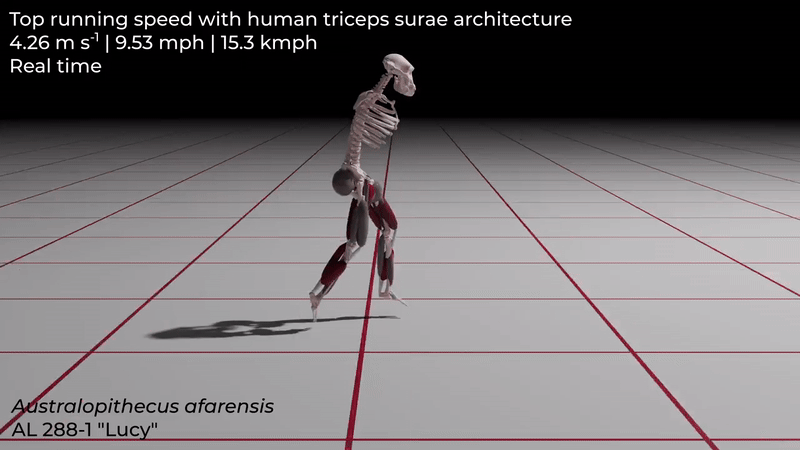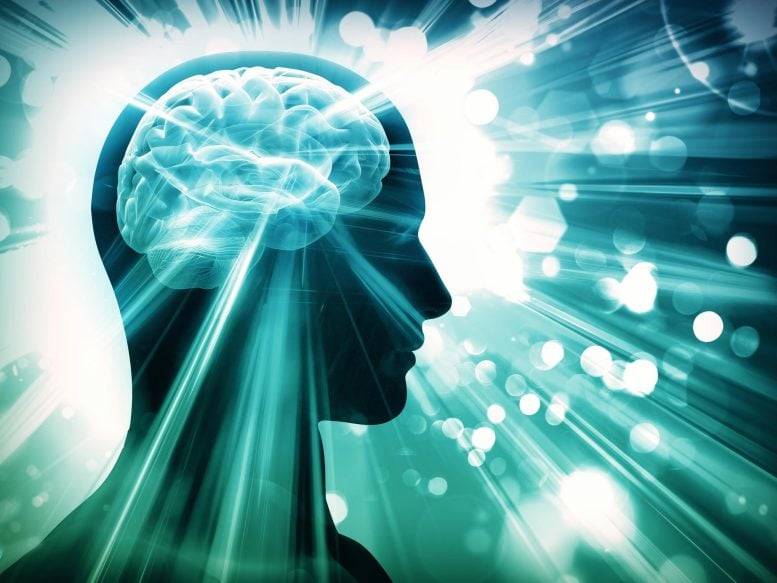This article has been reviewed according to Science X’s editorial process
and policies.
Editors have highlighted the following attributes while ensuring the content’s credibility:
fact-checked
trusted source
proofread
Ok!
Hydrothermal vents deep in Earth’s oceans. Could similar types of vents power the transport of silica and other materials out from Enceladus? Credit: NOAA
All modern life shares a robust, hardy, efficient system of intertwined chemicals that propagate themselves. This system must have emerged from a simpler, less efficient, more delicate one. But what was that system, and why did it appear on, of all places, planet Earth?
This is the central question of abiogenesis, the generation of life from not-life. We do not yet have an answer to that question, but we do have a collection of curious clues and brilliant hypotheses that might lead us in the right direction.
First, the chemistry. All proteins on Earth are made from just 22 amino acids. Those amino acids require abundant amounts of organic molecules—the most basic building blocks of life. Astronomers have detected organic molecules, and even some amino acids, scattered throughout space, from the depths of interstellar gas clouds to the fragile meteoroids that wander the solar system.
So it’s natural to assume that our planet, as it coalesced from the maelstrom that surrounded our infant sun, was born with the right ingredients…but surely they couldn’t survive the initial formation of our planet, when it was still molten from the countless collisions that lead to its development.
Instead, these organic compounds must have been delivered to us well after the planet cooled and solidified. Astronomers believe that the first few million years in the solar system was a quite unfriendly time. Even after the protoplanetary disk around the sun evaporated and the eight major planets of the system emerged victorious over their rivals, fragments and debris still littered the orbital lanes. Impact after impact struck each of the planets, with new rounds triggered by gravitational rearrangements of the giant outer worlds as they settled into stable, permanent configurations.
We still see the scars of that youthful violence today, visible on the sterile vacuum surfaces of the moon and Mercury.
But in that violence came a chance for life. Fresh water, delivered by countless cometary impacts, replenished what the Earth lost during its molten state. And with that water, organic compounds rained onto the surface. Here too we see yet another delicate balancing act. If the Earth had been struck too few times, we might not have been wealthy enough in molecular resources to begin the ascent to life. If too many had come, however, the persistent heat of the impacts would have boiled our oceans and sent any nascent life scattering into interplanetary space.
We were lucky. Somewhere life gained a foothold. The earliest undisputed fossil evidence for life sets the clock as early as 3.5 billion years ago. More speculative evidence—again, this work becomes exceedingly difficult the farther back into the past we peer, because the earliest life was not much different than the non-living chemical reactions that preceded it, so it’s difficult to tell if some molecular imprint in a rock is the fossil of a living creature or merely some manifestation of exotic chemistry, and if there’s even a difference between them—suggests that life started as early as 4.5 billion years ago. That alone is surprising, given the hellish conditions our planet was experiencing at the time, with some scientists arguing that our world wasn’t even habitable until some 500 million years later.
But somewhere, in some quiet place, the magic happened. A chance group of molecules and chemical reactions began storing information, began self-replicating, and began catalyzing reactions. Some biologists suspect that it was deep-sea hydrothermal vents, which spew organic-rich molecules into their surroundings. Or perhaps it was in tidal pools, which provided a natural rhythm that would turn into the cycles of life. Or maybe hot springs, or even underground.
It may have happened more than once and in more than one way, but it appears from all available evidence that as soon as life could arise, it did arise.














